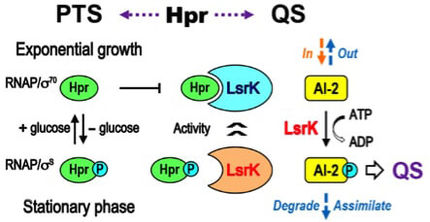Scientists unearth what may be secret weapon against antibiotic resistance
A fungus living in the soils of Nova Scotia could offer new hope in the pressing battle against drug-resistant germs that kill tens of thousands of people every year, including one considered a serious global threat.

This is a photo of the fungus Aspergillus versicolor.
McMaster University
A team of researchers led by McMaster University has discovered a fungus-derived molecule, known as AMA, which is able to disarm one of the most dangerous antibiotic-resistance genes: NDM-1 or New Delhi Metallo-beta-Lactamase-1, identified by the World Health Organization as a global public health threat.
"This is public enemy number one," explains Gerry Wright, director of the Michael G. DeGroote Institute for Infectious Disease Research at McMaster University.
"It came out of nowhere, it has spread everywhere and has basically killed our last resource of antibiotics, the last pill on the shelf, used to treat serious infections," he says.
Discovering the properties of the fungus-derived molecule is critical because it can provide a means to target and rapidly block the drug-resistant pathogens that render carbapenem antibioticsa class of drugs similar to penicillinineffective.
"Simply put, the molecule knocks out NDM-1 so the antibiotics can do their job," says Wright.
Seeking an answer to the riddle of resistance in the natural environment is a far more promising approach than trying to discover new antibiotics, a challenge which has perplexed scientists for decades. No new classes of antibiotics have been discovered since the late 1980s, leaving physicians with very few tools to fight life-threatening infections.
"Not only do we have the emergence of an antibiotic resistance gene that is targeting the last drug resource we have left, but it is carried by organisms that cause all sorts of challenging diseases and are multi-drug-resistant already. It has been found not only in clinics but in the environmentin contaminated water in South Asiawhich has contributed to its spread over the globe," explains Wright. "Our thinking was that if we could find a molecule that blocks NDM-1 then these antibiotics would be useful again."
Wright and his team from McMaster, University of British Columbia and Cardiff University in Wales created a sophisticated screening method to take the NDM-1 gene, combine it with harmless E. coli bacteria and then isolate a molecule capable of stopping NDM-1 in its tracks.
NMD-1 requires zinc to thrive but finding a way to remove zinc from it without causing a toxic effect in humans was a daunting task, until the discovery of the fungal molecule, which appears to perform the job naturally and harmlessly.
Scientists then tested the theory on mice infected with an NDM-1 expressing superbug. The mice that received a combination of the AMA molecule and a carbapenem antibiotic survived, while those that received either an antibiotic or AMA alone to fight the infection did not survive.
The findings are published in Nature.
Most read news
Organizations
Other news from the department science

Get the life science industry in your inbox
From now on, don't miss a thing: Our newsletter for biotechnology, pharma and life sciences brings you up to date every Tuesday and Thursday. The latest industry news, product highlights and innovations - compact and easy to understand in your inbox. Researched by us so you don't have to.

























































